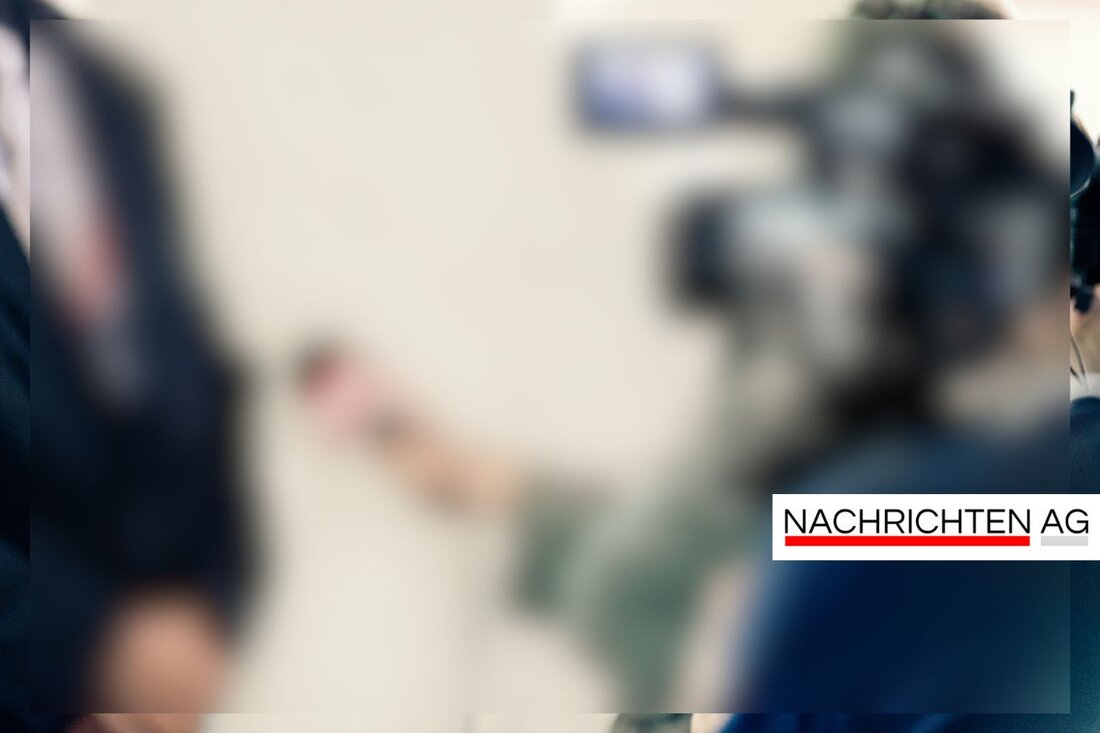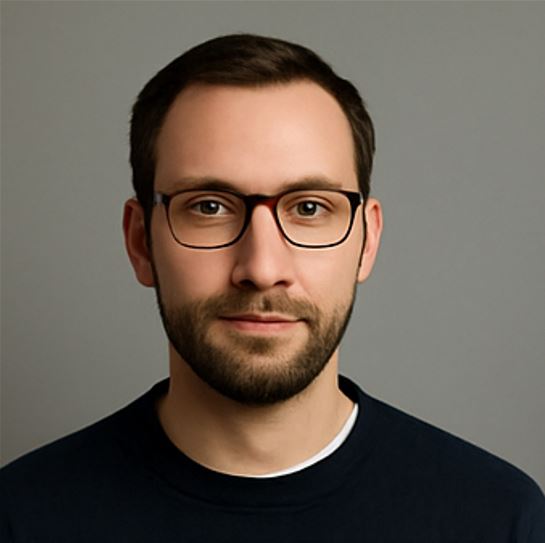Art in Spandau: About the homeless and urban reflections
The exhibition “Urban Reflections” by Simone Zaugg in the Spandau Citadel focuses on life in the city until January 11, 2024.

Art in Spandau: About the homeless and urban reflections
The exhibition “Urban Reflections” by the artist Simone Zaugg is currently being presented in the Spandau Citadel, which takes an impressive look at urban life. This exhibition addresses, among other things, the situation of the homeless and life outdoors. In one of the haunting scenes, a homeless man sleeps on a discarded sofa in front of a wall covered in graffiti. The street artist adds an extra dimension to this scene by spray painting the words “Home Less” over the homeless man. This confrontation with the reality of urban life is reinforced by Zaugg's installation, which also focuses on construction sites and bulky waste. A little later, the homeless man leaves the scene and collects his empty beer bottles, which illustrates the transience and challenges of his living conditions.
The double exhibition also includes the installation “gold” by the artist Pfelder, which also addresses urban phenomena. Pfelder's concept includes a football cage that serves as a metaphor for community and sport in urban spaces. These works of art can be seen at the Center for Current Art (ZAK) until January 11, 2024 and aim to reflect and question the challenges of urban life in an artistic way. Pfelder expressed his concerns about financial cuts in the art sector, which also have an impact on creativity. During a visit by the Governing Mayor to the Citadel, he spoke about the challenges facing the art scene.
Social and cultural reflection
Zaugg and Pfelder's exhibition takes place in a context that requires deep reflection on the social environment and urban change. This can also be seen in another project that is taking place in Arbon under the title “Of small and large houses”. The aim here is to bring the Kunsthalle Arbon into the cycle of the real estate industry and to deal with the transformation of former commercial areas. In the industrial hall by the lake, the transformation of urban environments is discussed and made artistically tangible. In a cellar vault, visitors can see views of individual projects by Zaugg and Pfelder, which reflect the social environments and their questions.
These exhibitions illustrate how public art can not only gain aesthetic appeal, but also weave social and cultural meanings that make cities more vibrant. Significant projects manage to transform dull places into lively attractions and raise awareness of social issues. The works of art by artists such as Katharina Grosse and Banksy are examples of how publicly accessible works of art encourage reflection on our surroundings and way of being.
The connection between urban art and social reality becomes clear in the current exhibitions in the Spandau Citadel and in Arbon. Here not only the material but also the emotional aspects of life in urban spaces become apparent. This art form therefore makes a decisive contribution to the transformation of our cities and the promotion of communities.

 Suche
Suche
